Sleeping organisms can be found in almost all living creatures.In most people, they only cause disgust and fear, which is not surprising, because sometimes these babies cause terrible diseases.We present to your attention the 25 most terrible and most dangerous parasites
Parasitism in nature is very widespread.There are parasites, insects of parasites, parasites, parasitic plants, etc.There are so many that even that some parasites have their own - and these can be the bloodiest in all directions.A striking example of this "darkness army" is plasmodium malaria, which is parasitic in a mosquito for malaria (which in turn is a temporary parasite of animals and humans with a chest).This unicellular organization each year finds almost a third of a billion new victims and kills more than a million.
Sakkulina
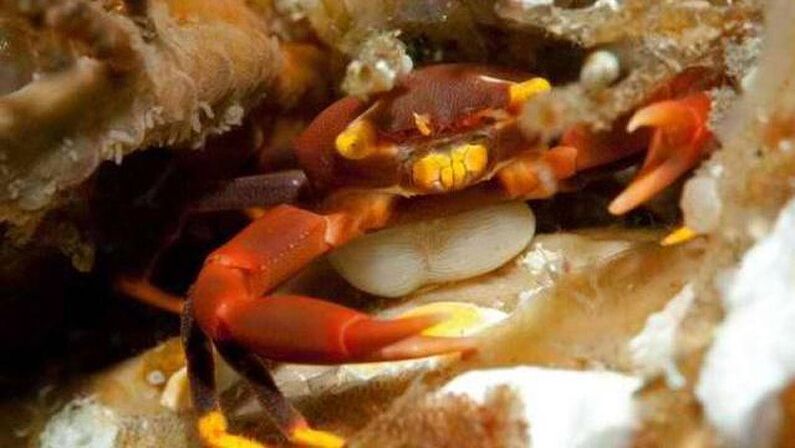
This crustacean are parasitic on the crab.It literally grows throughout the owner's body, sucking nutrient juices.The crab is gradually weakening and even loses its ability to regenerate.When it is time to multiply for the parasite, it gives special chemicals in the blood of a crab, under the influence of which the females of crabs begin to take care of the eggs of the parasites, like theirs.A crab sorcerer affected by the parasite refuses to mate and, instead, under the influence of a chemical drug, takes care of parasitic eggs in the same way as the female.
Cordycepts is at a slope
This tropical fungus is parasitic on ants.It is also famous to be able to control the owner's behavior.When the fungus multiplies, it gives an ant a chemical team, and it obediently climbs on the upper leaves of the plants and retains immobility, allowing the fungus to germinate completely through its body, to open the hat and to release the disputes in the air.
Anizakids
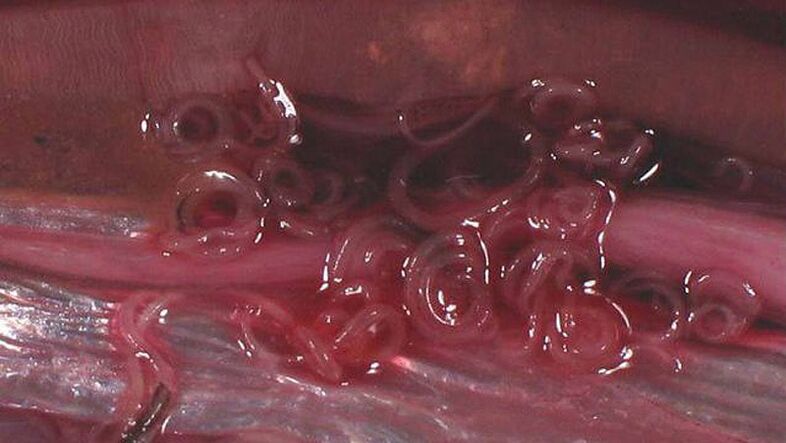
A person risks being infected with these verses, eating a badly transformed seafish, shrimp, calmars or octopuses badly transformed by them.For the first time, an infection with an anizakidosis was recorded in 1955 in Holland, and the source was a slightly salty herring.If, by cutting the fish, you see in its muscular fabrics, on the caviar or the milk "certain spirals" - do not ruthlessly throw the delicacy, to freeze the fish up to -20 degrees and to keep in this state for at least two weeks.With this treatment, worms and their microscopic larvae will die.After that, the fish can be consumed safely - however, the awareness that it does not cause "green" appetite.
Volbachia
These bacteria are intracellular parasites of many insects and towards.Propagant in the host's body, bacteria manage to "attach" theirs to its gene.For example, the genome of certain flies and syndrome also contains an almost complete copy of the Genome of the Volbachia.
Sand
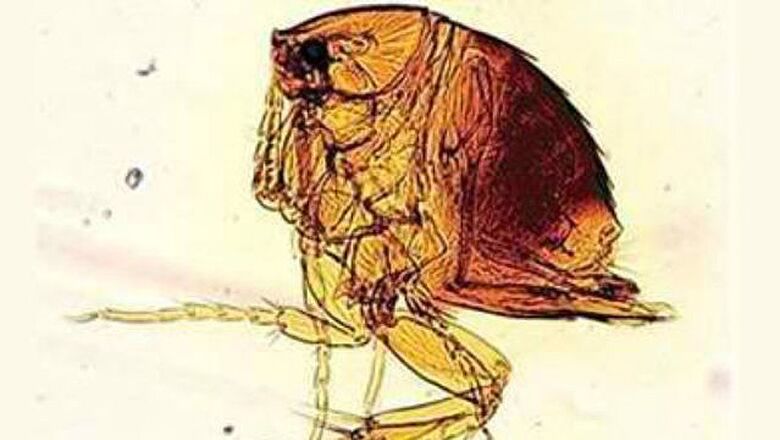
The sand chip is a very dangerous parasite that affects pets, rodents, monkeys and humans.Its large distribution is a real problem for countries like Nigeria, Todago and even Brazil.In dysfunctional areas, the number of people suffering from this parasite can reach 70%.For any reason, sandy fleas prefer sandy fleas.When human infection by these parasites, the microscopic female chip is introduced in the skin of the legs or under the nails.In just 5 to 6 days after the introduction, the female abdomen, stuffed with eggs, reached the size of the pea, causing painful pain to the owner.When the eggs ripen, the female "pulls" them in the environment, after which she left the wound, but much more often, she dies directly in the human body.
OSA Hymenoepimecis argyraphaga
The OSA is parasitic mainly on spiders.Having temporarily paralyzed his victim, washing ties his egg to his chest.Soon the spider returns to his senses and continues his life.The development larva gradually sucks juices, and before nymphosis, it injects a special chemical in a spider, under the influence of which, instead of a conventional network, it builds a special cocoon, where the larva makes a transformation into adult concrete.
Vandelia Kandira
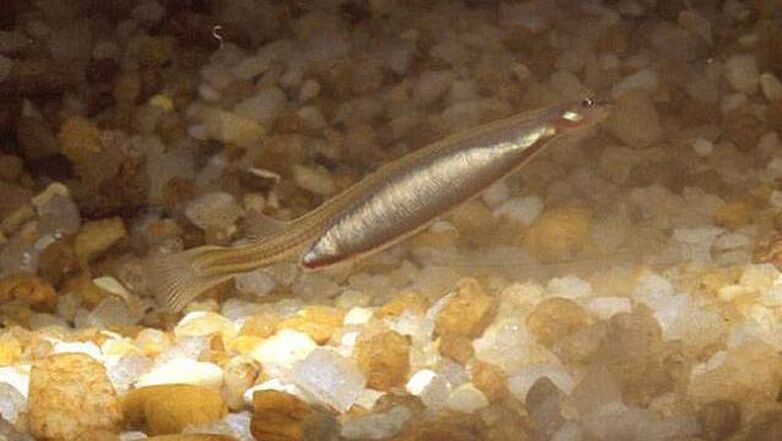
In fact, this translucent little fish is parasitic in the gills of other fish living in the Amazon rivers.But in search of the victim, Kandira focuses on the smell of ammonia, which is contained in the water that crossed the branchies.This makes him extremely dangerous for a person.If a person is in the water, having learned a chemical signal, the candida is slightly introduced into the anus or in the urethra of a person, sometimes even reaching the bladder.Having penetrated the body, Kandira inevitably dies, but the injury she manages to apply is simply terrible, and only a good surgeon can extract his corpse covered with stubborn points.
Trichomonade
Trichomonas is a unicellular flogging microorganism.Some types of trichomonas are completely safe, but there are real killers.In birds, these parasites can cause serious inflammation in the mouth and throat, as a result of which the bird cannot swallow and, ultimately, dies.Another type of trichomonas (vaginal trichomonas) parasitic in the genitorerinary organs a person and causes a serious disease of trichomonase, which is today the most common disease of the genitarian tract on earth.Medical statistics say that almost all tenth residents on the planet suffer from this disease.
Leishmania
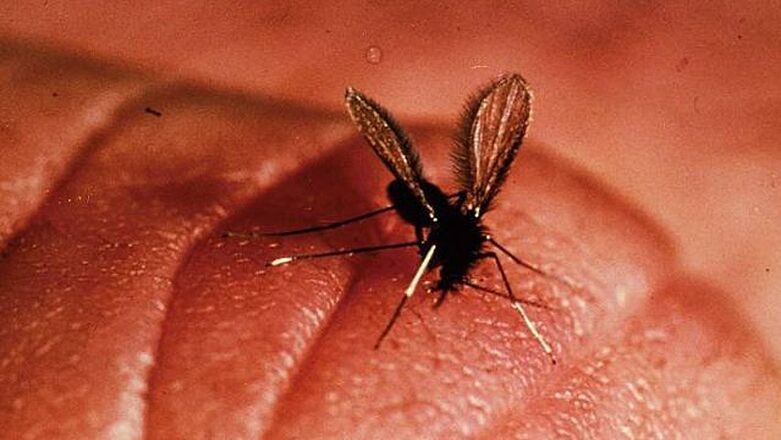
It is an entire cereal of the simplest organisms that cause serious illnesses called leishmaniasis.For example, the male of the skin, manifesting itself in the form of painful abscesses, causes leishmania, first parasitized on mosquitoes and flies, then on animals with warm foundation, including humans.At first, parasites multiply in the digestive channel of the blood insect which is completely blocked.Moing a person, the insect first puts a piece of parasites in the wound, then sucks the blood.Leishmaniasis is very common in tropical countries and each year, around two million new cases of diseases are recorded worldwide.
Mokritesa, devouring language (Cymothooa Importaa)
Fortunately, for a person, this crustacean is completely safe.Mokritesa is attached to the tongue of fish and sucks blood first.When the tongue of the fish dies, a very fixed parasite itself begins to play the role of a particular prosthesis of the tongue, to eat blood and the mucus of the fish, but not making it special damage.
Tripanosoma
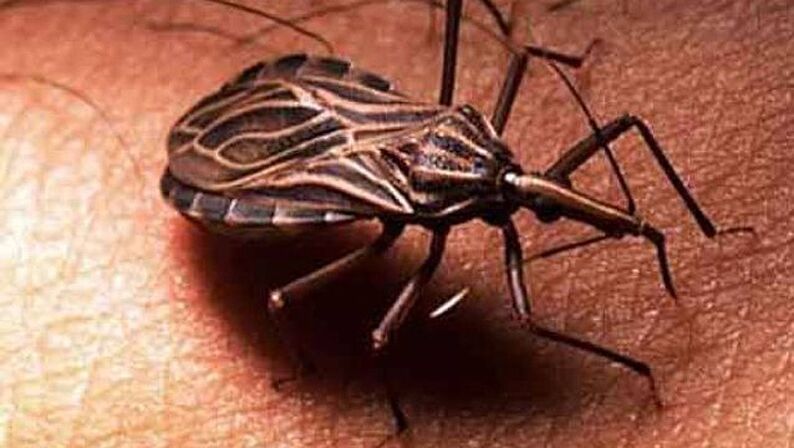
A sort of very dangerous unicellular organisms is parasit on insects and animal chest.Thus, triathomic bugs are bearers of Trypanosoma Cruzi Tripanos, who cause a person's disease in a person.The disease affects the whole body and quickly leads to death.
Toxoplasm
The simplest microorganisms causing serious disease are toxoplasmosis.The main owners of the parasite are cats, people and other warm blood acts in the role of intermediate hosts.Often, toxoplasmosis can occur very easily, disguised as colds.But with a decrease in immunity, the disease can cause madness, convulsions, paralysis and other lesions of the nervous system.Toxoplasmosis for pregnant women is particularly dangerous because it leads to the death of the child before birth.
Cochliomyia hominivorax fly meat
The females of this fly, living in America, imperceptibly attach the eggs to the body of animals with hot foundation.The larvae that came out of the eggs are introduced under the skin, gnawing the whole holes of the victim's body.These types of flies laying eggs in the eyes and nose are particularly dangerous.In this case, the larvae, devouring the owner's flesh, can cause blindness and even reach the brain.There are cases where doctors have extracted more than 150 nasopharynx larvae from a person affected by this parasite.
Hairy
A very old water worm, larvae whose parasite on several types of insects - dragonflies, elevators, beetles, etc.Adult worms allow the owner's body and return to the reservoir, where they spread.
Filaria
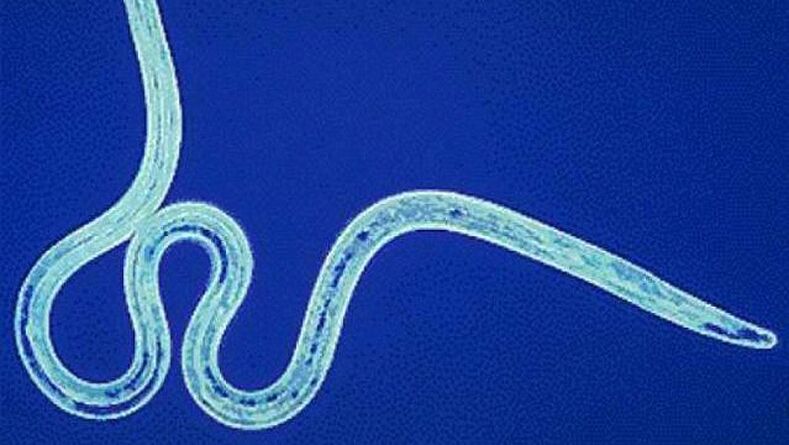
In public, nearly 10 different species from Philius are parasitized.These exceptionally thin lines (their diameter does not exceed 0.3 mm) can reach a length of almost half a meter.Filaria distributors are insects of blood subjects.In the human body, worms can live almost everywhere.When they block the lymphatic system, an ivory develops, and if they accumulate in the eyes, then a person can blind.
LOA LOA
The slim round Loa Loa belongs to the Eagles and is very common in West and Central Africa.The parasite of blind insects and other blood insects spreads.Adult worms live under the skin.Females immediately produce living larvae, which accumulate with light and peripheral blood vessels, causing various tumors and inflammatory reactions.The worms constantly migrate in the body, and if they fall into the eyes, it can lead to blindness.
Clostridia Perfringens
The Clostridium Perfringens bacteria can cause severe food poisoning, as well as the cause of rapid development gas, in which tissues affected by a bacteria are literally dissolving, secreting Squélato gas bubbles.
Schistosome
First of all, the larvae of this worm develop in freshwater molluscs, then they enter the water and attack mammals, introducing under the skin.Schistosomes spread throughout the body and are particularly dangerous when they accumulate in the bladder and the genitals.Shistosomatoz is difficult, has many heterogeneous symptoms and causes great suffering.The parasite is common in Africa, China, the Philippines and Indonesia.
River blindness
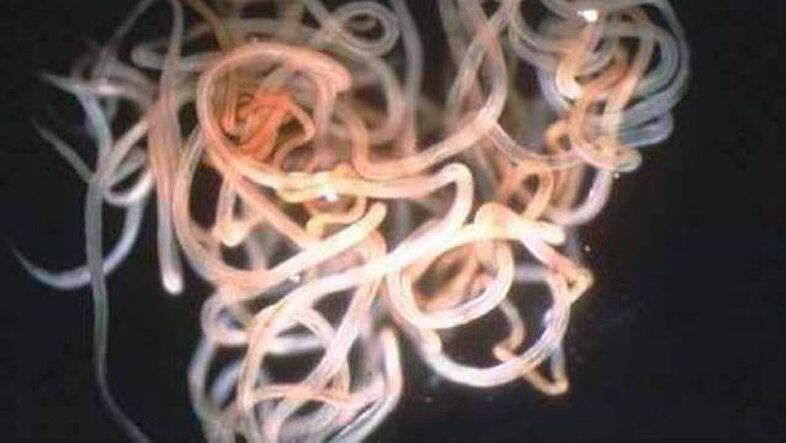
The blindness of the river or onhocerciasis is caused by ontchocerca volvulus filaria.The carrier of these parasites is simulium damnosum, spread along the rivers of West and central Africa.The verses of this species and their larvae particularly affect the eyes, which leads to complete vision loss.
Meningoccus
The bacteria of Neisseria Meningitidis parasitize in the nasopharynx of many people.Unfortunately, they are able to cause not only a flowing nose, but also an inflammation of brain shells - meningitis.
TSECS Flight
The African fly in itself is a temporary parasite that follows blood.But with a bite, he often infects his victim with a much more dangerous parasite - the type of tripanos that cause fatal sleep.
Ver Guinen
The worm is common in Africa, India and the Arabian Peninsula.Microscopic larvae live in fresh water and when the time comes to attack animals and people, the introduction under the skin.Adult worms can reach 2 mm thick and 1 m in length.After mating, males die and females move in the subcutaneous layer, puncture the skin and when a person is in the water, it is released through the hole made.
Plasmodia
Parasitic unicellular organisms, some species can cause malaria.
Négleria Fowler
This amibe lives in fresh tanks, the water temperature in which is 25 to 30 degrees.A person is infected during the bath.Damage to these parasites can cause fatal meningitis.Sometimes, when even the pools with badly chlorinated water become sources of infection.Such cases are rare, but each time they cause real panic, because visitors to swimming pools, thermal springs and resorts become victims.
Leukochloridia is paradoxical
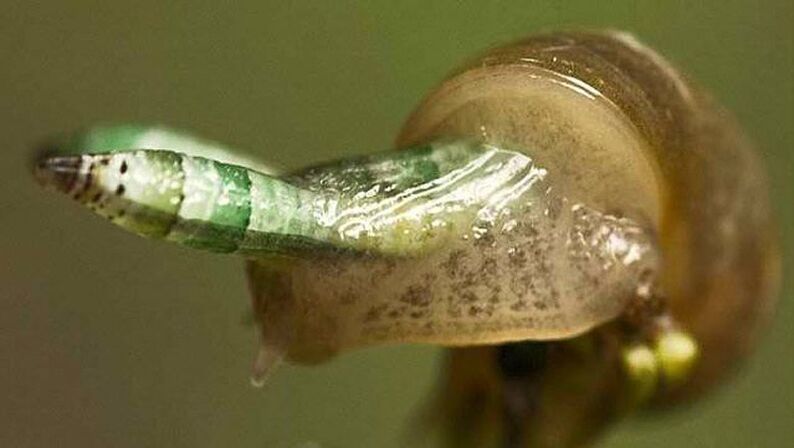
Leucochloridium paradoxum is a flat glasses parasite on snails and birds.Snails are intermediate hosts in the ver.By developing, the larva pushes through the body of the snail, and when one of its growths (called sporocyte) reaches the tentacle of the snail, it changes in such a way that it becomes very similar to the green caterpillar.To make her masquerade even more convincing, the larva is constantly contracting with an outgrowth, imitating the movement of the caterpillar.All of this is started to attract the attention of the bird and force it to steal the "caterpillar".In the body of an infected bird, the worm turns into a sexual form and lays eggs which, with the bird's litter, fall to the ground and the development cycle is repeated.The special "paradoxical" of this parasite is that the snail, having lost the tentacle, as a rule, will not die, but does not develop a new one.Then, the larva which is in its body forms a new sporocyst and again attracts birds.






































